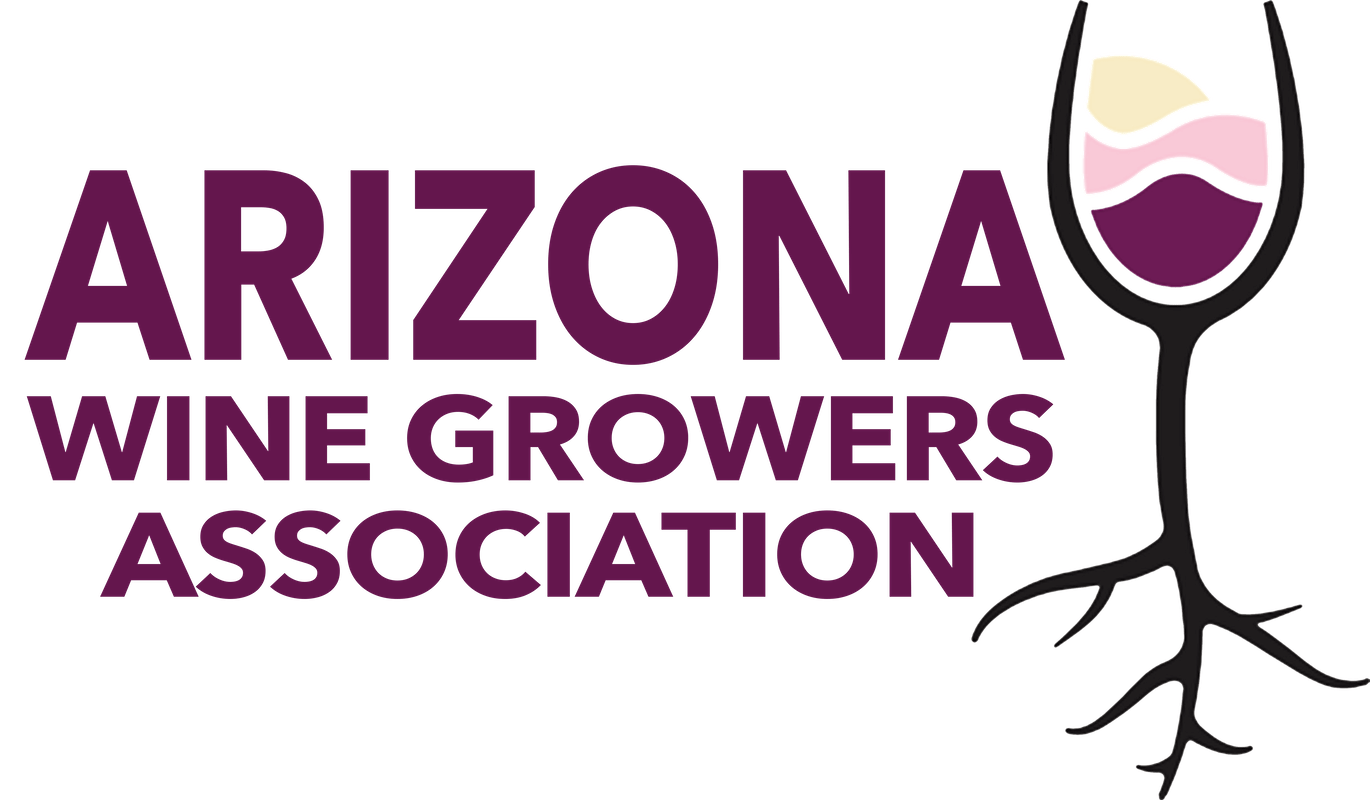An American Viticultural Area (AVA) is a designated wine grape-growing region in the United States, providing an official appellation for the mutual benefit of wineries and consumers. Winemakers frequently want their consumers to know about the geographic pedigree of their wines, as wines from a particular area can possess distinctive characteristics. Consumers often seek out wines from specific AVAs, and certain wines of particular pedigrees can claim premium prices and loyal customers. If a wine is labeled with an AVA, at least 85% of the grapes that make up the wine must have been grown in the AVA, and the wine must be fully finished within the state where the AVA is located.
(Source: "Wine Appellations of Origin". Alcohol and Tobacco Tax and Trade Bureau. U.S. Department of the Treasury. Retrieved April 15, 2021).
Wine Regions
Southern Arizona is home to the Sonoita Valley, and the towns of Sonoita, Patagonia and Elgin. Located an hour south of Tucson, and just north of the Mexican border, Sonoita sits at between 4,500 – 5,200 feet elevation and was the first designated AVA in the state of Arizona. Sonoita’s native grasslands blanket the rolling hills, which are dotted with Arizona Oak, Arizona Ash, and Mesquite. The valley is surrounded by the Santa Rita Mountains, Mustang Mountains, Whetstone Mountains, and Huachuca Mountains, making the mineral deposits in the Valley’s soil a unique mixture of reddish-brownish gravelly loam. Highs in the summer are in the 80s - 90s and average rain fall is between 15 – 20 inches—mostly coming during monsoon season.
Arizona is home to three prominent grape growing regions in various altitudes and locations around the the state. Northern Arizona encompasses the Verde Valley, an area of the state rich in geological history. Located north of Phoenix about 2 hours by car, and at roughly 3,000 – 5,500 feet in elevation are the towns of Sedona, Jerome, Camp Verde, Cottonwood, Clarkdale and the communities of Cornville, Page Springs, and Rimrock. Vineyards and wineries sprinkle these rural and urban communities on mountainsides, and near the banks of Oak Creek and the Verde River. The Verde Valley has a wide variety of soils from limestone in Rimrock, sandstone in Sedona, to basalt on House Mountain along with highly fertile alluvial deposits near the Verde River and Oak Creek. Average rain fall is 16 - 18 inches per year—mostly during monsoon season.
Southern-Eastern Arizona which includes Willcox, Kansas Settlement, Turkey Creek, Pearce, and the overall Cochise and Graham counties, grow the majority of the state’s fruit, in larger, more acreage-per-vineyard farms. Average rainfall is 13 – 18 inches, again mostly coming in heavy monsoon storms during July and August. Vineyards are planted in the Sulphur Springs Valley and along the bases of the mountains in the area between 4,000 and 5,500 feet. To the east are the Chiricahua Mountains, Dos Cabezas Mountains and to the west the Dragoon Mountains, and Cochise Stronghold. The soils in the area vary significantly site to site. The Willcox Playa is home to a large dry lake that is part of the Sonoran Desert ecoregion and is the remnant of a Pleistocene era pluvial Lake Cochise. Thousands of sandhill cranes roost in the area during the winter. Down in the Kansas Settlement the soils are relatively deep loams and clay-loams interspersed with cobbles. Vineyards in the area can experiences up to 50-degree fluctuations in diurnal temperatures during the growing season.
Click to see detailed map of Willcox Wine regions: 2020 Willcox Wine Region Map
Vineyards and Wineries exist in other areas of the state, at the bases of mountains and in beautiful valleys. We call these producers our Mavericks, where they are farming in the outlier regions of the state. A few of these areas are in the Chino Valley, Young, Kingman, Williams, and Portal. These pioneers are on the frontier of farming varietals suited for their unique microclimates in the vast, gorgeous landscape of Arizona.
